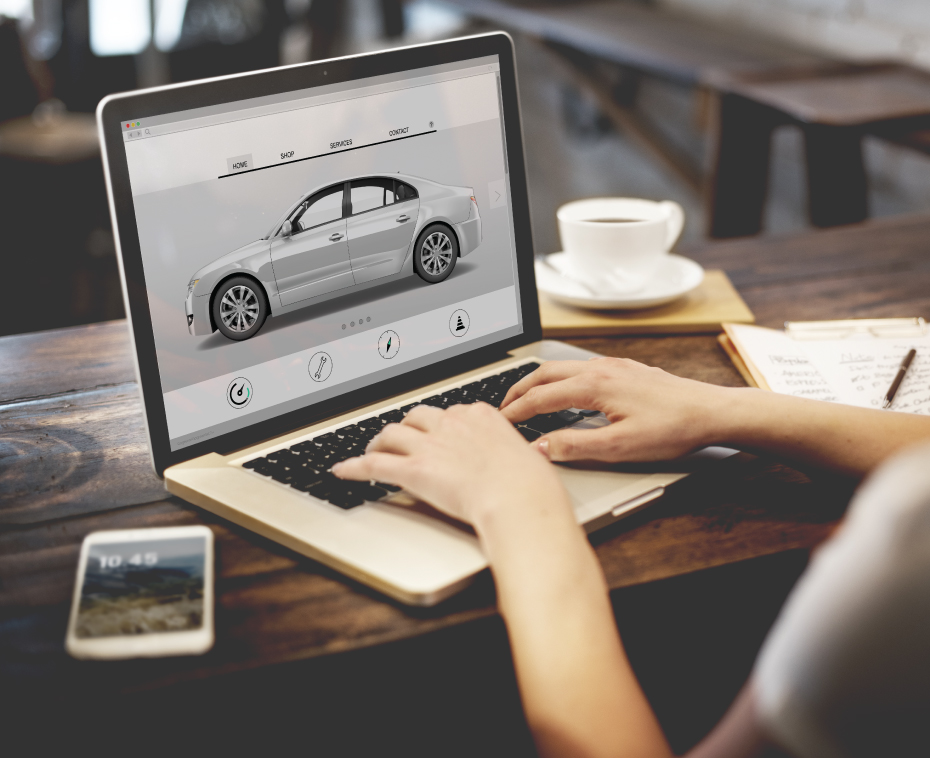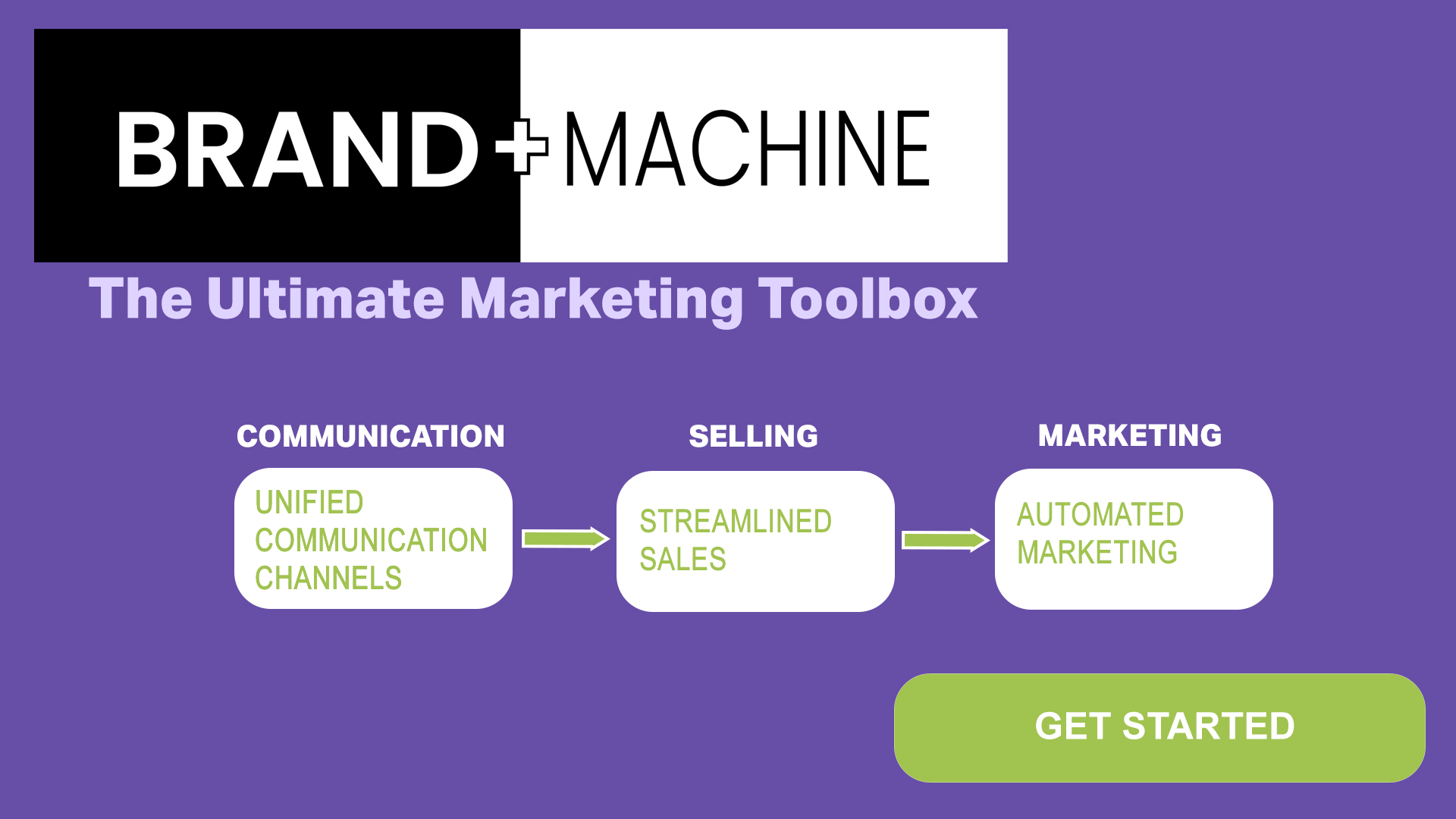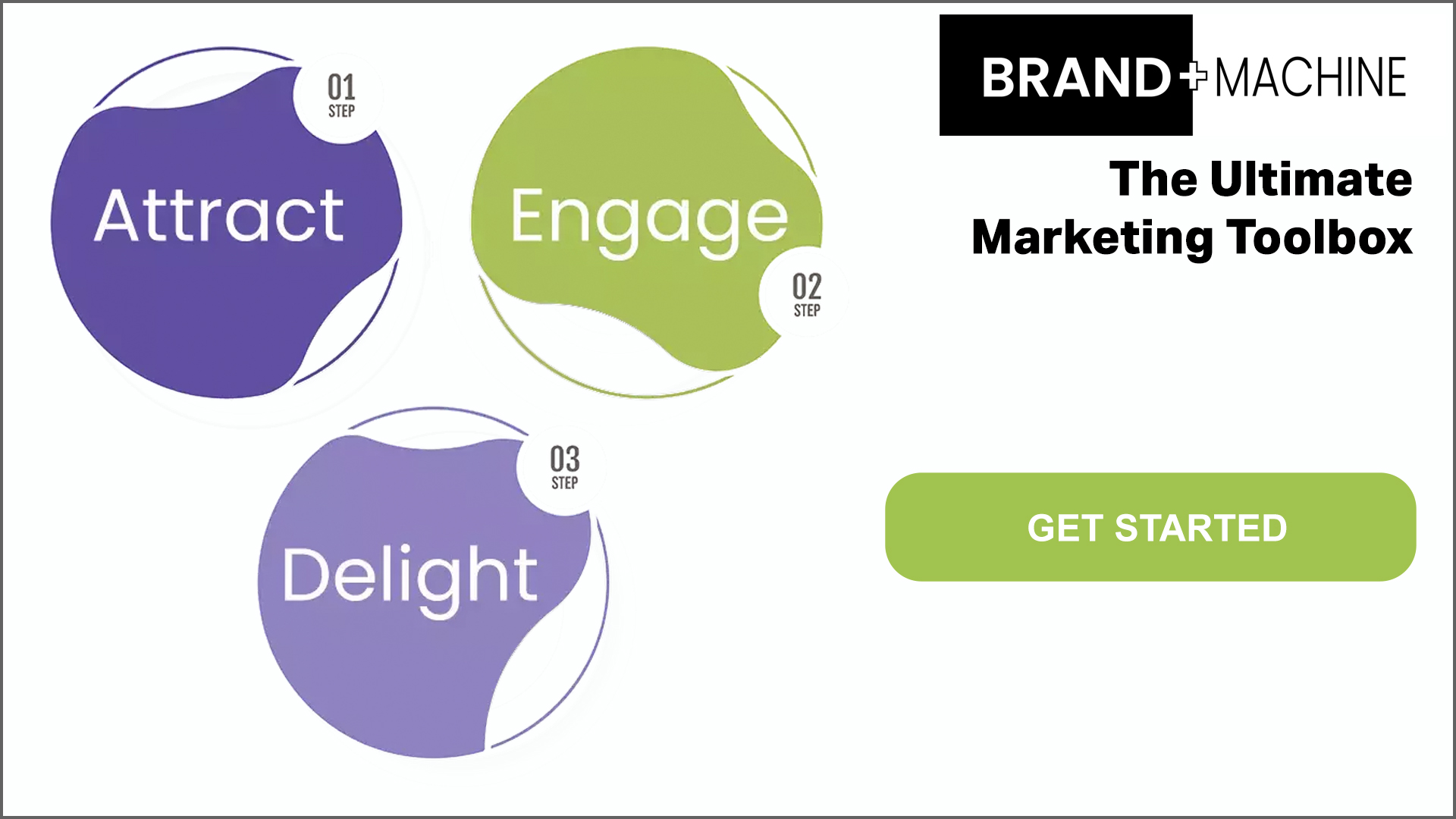 Do you still remember how you made the decision of buying your car? What did you do when it came to the moments of “Which car is best?”, “Is it right for me?”, or “Where should I buy it?” Recently Google released research to indicate how digital shapes the auto customer’s journey, and how auto brands tap into those micro-moments. Let’s take a look at the digital car-buying-process.
Do you still remember how you made the decision of buying your car? What did you do when it came to the moments of “Which car is best?”, “Is it right for me?”, or “Where should I buy it?” Recently Google released research to indicate how digital shapes the auto customer’s journey, and how auto brands tap into those micro-moments. Let’s take a look at the digital car-buying-process.
There was a time when people were loyal to brands and looking for their answers from a local dealership. However, today buying a car doesn’t mean shopping around from local dealer to local dealer any more. Instead, car shoppers seek answers online at the intention-driven moments, especially with mobile. It is undoubtedly important that the car manufacturers have to be there and be useful in these moments.
“Which Car is Best?”
Data from Google research:
- 60% of car shoppers enter the market unsure of which car to buy.
- 69% of people who used YouTube while looking to buy a car were influenced by it—more than TV, newspapers or magazines.
There’s a typical pattern today: start by consulting someone they trust with the purpose of helping narrow the choices, read professional bloggers and reviews, and watch videos from YouTube to get more of an understanding.
“Is This Right For Me?”
People all have various needs when it comes to buying a new car. A family with three kids may think seating accommodation is most the most important aspect, while a young couple who loves travel a lot may prefer a bigger trunk to hold all of their gears.
Research data from Google indicates that interest in fuel efficiency has decreased since 2011, which used to be a key factor prior to the drop in gas prices. Meanwhile, there are some areas given increased interests by the auto buyers – hauling capacity, panoramic sunroof, and backup camera. The top videos auto shoppers search for include vehicle test drives, highlights, options, as well as walkthroughs of the interior or exterior of the vehicle.
While comments and opinions from third-parties are important, manufacturer websites play a vital role in the car buying process as well. Here, shoppers can get help understanding various packages, equipment options, and even customizing vehicle in the way they like through configurators.
“Can I Afford It?”
The next consideration is the price. More and more people tend to find answers through mobile for MSRP & list prices of the new car (70% accounts for mobile search) and trade-in price of their current car (over 50% is mobile search).
Interestingly, Google found that seasonality also plays an important role. For example, people seeking cars on sale increase in February, possibly due to people anticipating a big tax return. Also, auto shoppers’ interests usually increase in summer as the temperature going up.
“Where Should I buy It?”
Visiting a dealership is still essential for auto consumers. While searching on the smartphone is also involved in this moment – people need to find the local dealers nearby (1 in 3 did this on mobile) – going to the dealership to see the car up close is important. As people explored the nearby dealerships, hours of operation, local inventory and specials are also considered.
“Is This a Good Deal?”
How exciting, the deal is almost there! Consumers care about if they are treated fairly, or if they are given the best possible price. Negotiate with the sales representative on the lot. They also search tips on their mobile – factors affecting lease/purchase price, quote on Kelly Blue Book (US) or Canadian Black Book (Canada), tips on negotiation, and so on.
Implication for the Auto Industry
It’s crucial these days to interact with auto shoppers as much as possible. The first brand searched is the same brand purchased 22% of the time. So get prepared to win over a shopper and extend the possibility by providing better mobile user experiences. Here’s some advice from Google:
- Be There: Go through each of the steps above by yourself, and make sure you are there whenever and wherever people are in need;
- Be Useful: Consider what improvements you could make to better meet people’s needs at each step, and make sure your sites work on mobile as good as on a desktop.
- Be Quick: Whoever is able to answer shoppers’ question, puts themselves in first place. That’s the rule of this game. “If you aren’t there with the right answer the moment shoppers are looking, chances are someone else will be.”


